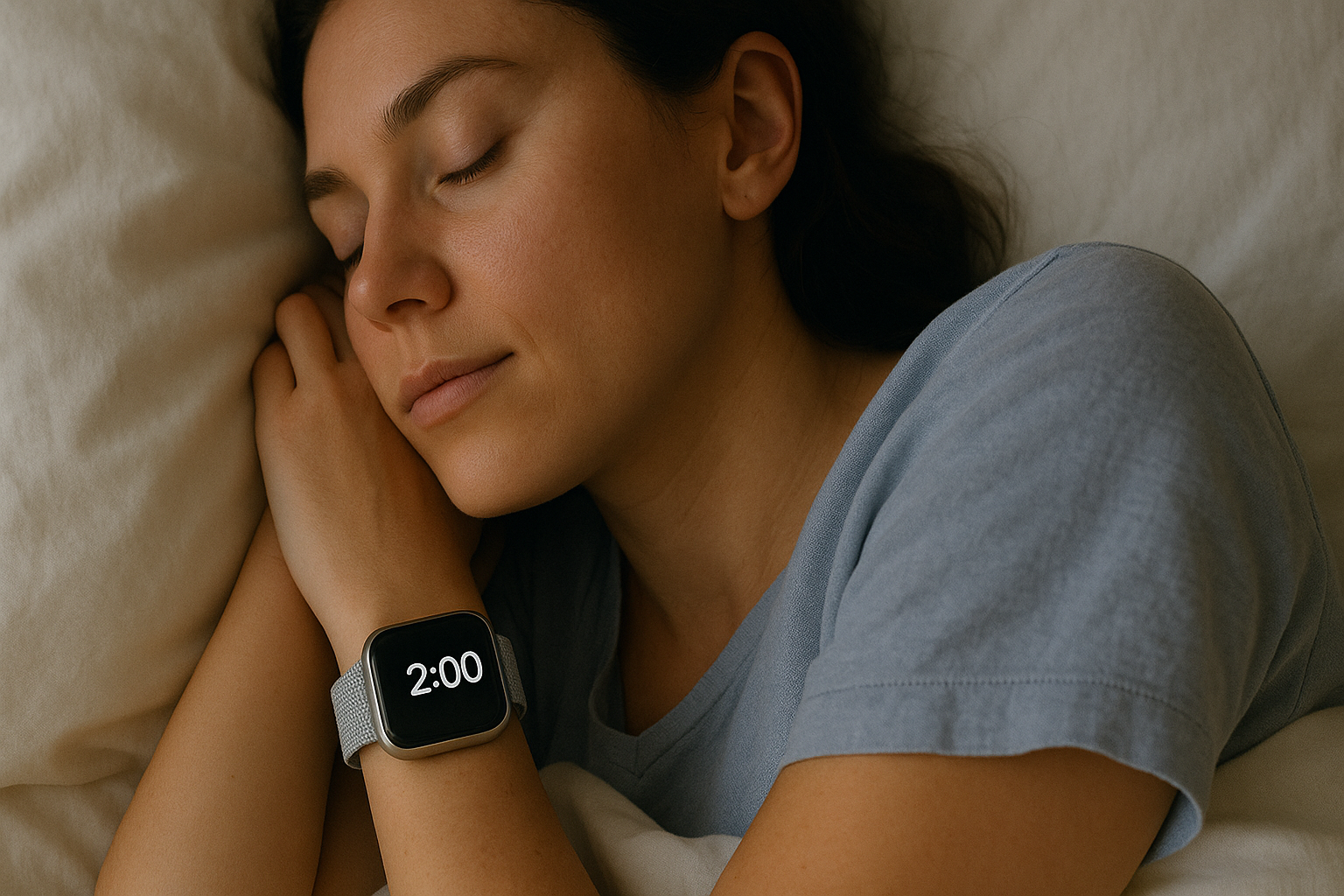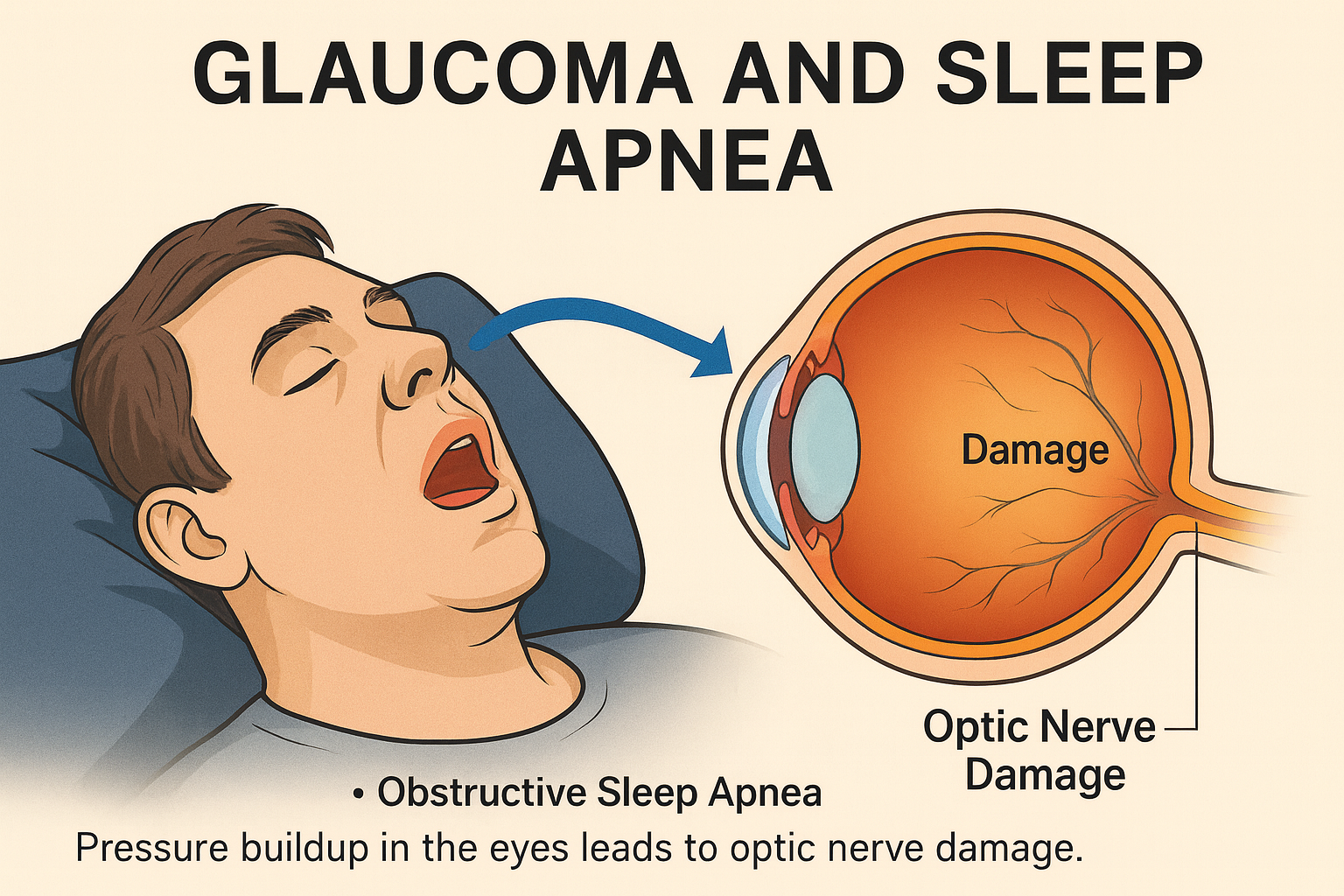An often overlooked aspect of sleep is the position we assume while sleeping. Our sleeping position can have a significant impact on the quality of our rest and overall health. The most common sleeping positions are on the back, side, and stomach. Each position has its advantages and disadvantages, and it is essential to understand how they affect our rest and well-being to make informed choices for optimal sleep.
Sleeping on the Back
Back Sleeping
Sleeping on your back is usually considered the worst position for people with Sleep Apnea. The soft tissues in your throat, including your tongue, can block your airway and make it harder to breathe. At the same time, back sleeping is often advised to people for other reasons.
- Improved spinal alignment: Sleeping on your back allows your spine to maintain a neutral position, reducing the risk of developing pain or discomfort caused by misalignment. This position also minimizes the strain on your neck and shoulders, contributing to better overall posture.
- Prevention of back and neck pain: As mentioned above, back sleeping helps maintain proper spinal alignment, which can prevent the development of pain in the back and neck. This position evenly distributes your body weight, minimizing pressure points and providing optimal support for your muscles and joints.
Tips for Back Sleepers
To maximize the benefits of back sleeping, consider the following tips:
- Using a pillow to support the neck and head: Choose a pillow that provides adequate support for your neck and head while maintaining proper spinal alignment. A pillow that is too high or too low can cause strain on your neck and shoulders, leading to discomfort and poor sleep quality. Memory foam or adjustable-fill pillows are excellent choices for back sleepers, as they conform to the shape of your head and neck, providing customized support.

- Placing a pillow under the knees for added comfort: To further improve spinal alignment and reduce the risk of lower back pain, consider placing a pillow under your knees while sleeping on your back. This small adjustment can help maintain the natural curvature of your lower spine, providing additional support and comfort throughout the night.

Sleeping on the Side
Benefits of Side Sleeping
Side sleeping is another popular sleep position that offers several health benefits:
- Reduced risk of sleep apnea and snoring: Sleeping on your side helps keep the airways open by preventing the tongue and soft tissues from falling to the back of the throat, which may cause breathing obstructions and sleep apnea episodes. Side sleeping also reduces the risk of snoring, as it prevents the relaxation of throat muscles that can lead to airway narrowing.
- Improved digestion and heart health: Sleeping on your left side is believed to improve digestion by facilitating the movement of food through the stomach and intestines. This position also allows for better blood flow and reduces pressure on the heart, contributing to overall cardiovascular health.
- Alleviation of pregnancy discomfort: Side sleeping, particularly on the left side, is often recommended for pregnant women, as it can help alleviate pressure on the lower back and improve blood flow to the uterus.
Tips for Side Sleepers
To maximize the benefits of side sleeping, consider the following tips:
- Using a pillow to maintain proper head and neck alignment: Choose a pillow that provides adequate support for your head and neck, keeping your spine in a straight, neutral position. A pillow that is too high or too low can cause strain on your neck and shoulders, leading to discomfort and poor sleep quality. Memory foam or adjustable-fill pillows are excellent choices for side sleepers, as they conform to the shape of your head and neck, providing customized support.
- Placing a pillow between the knees for added comfort: To further improve spinal alignment and reduce the risk of lower back and hip pain, consider placing a pillow between your knees while sleeping on your side. This small adjustment helps maintain the natural curvature of your spine and provides additional support for your hips and knees, ensuring a more comfortable and restful night's sleep.

Sleeping on the Stomach
Potential Drawbacks of Stomach Sleeping
While some people find comfort in sleeping on their stomach, this position may have some drawbacks:
- Strain on the neck and spine: Stomach sleeping often requires turning the head to one side to breathe, which can cause strain on the neck and spine. This misalignment can lead to discomfort, pain, and reduced sleep quality. Additionally, stomach sleeping may cause the lower back to arch, potentially leading to pain and discomfort in the lumbar region.
- Increased pressure on internal organs: Sleeping on your stomach can place pressure on your internal organs, potentially causing digestive issues, such as acid reflux or discomfort in the abdominal area.
Tips for Stomach Sleepers
If you prefer to sleep on your stomach, consider the following tips to minimize potential drawbacks:
- Using a thin pillow or no pillow to minimize neck strain: Opt for a thin pillow or no pillow at all to help maintain proper spinal alignment and reduce strain on your neck. A thin, soft pillow can provide some support for your head and neck without elevating them too much, which may cause discomfort.
- Placing a pillow under the hips for added comfort: To alleviate pressure on the lower back and maintain the natural curvature of your spine, try placing a pillow under your hips while sleeping on your stomach. This small adjustment can provide additional support and comfort, helping you get a better night's sleep.

Pillows to Support Proper Sleep Position
A good pillow can make a significant difference in the quality of your sleep by providing proper support for your head, neck, and spine. Here, we will discuss various types of pillows and their benefits.
Types of Pillows
- Memory foam: Memory foam pillows contour to the shape of your head and neck, providing customized support and pressure relief. These pillows are ideal for all sleep positions, as they help maintain proper spinal alignment and reduce the risk of pain and discomfort.
- Latex: Latex pillows offer a similar level of support and pressure relief as memory foam but tend to be more breathable, making them an excellent choice for hot sleepers. Latex pillows also provide a consistent level of support, making them suitable for all sleep positions.
- Adjustable fill: Adjustable-fill pillows, such as shredded memory foam or buckwheat hulls, allow you to add or remove filling to achieve the desired level of support and loft. These pillows are particularly beneficial for those who switch sleep positions throughout the night, as they can be customized to provide optimal support for any position.
Choosing the Right Pillow for Your Sleep Position
When selecting a pillow, consider your sleep position and personal preferences. Back sleepers should look for a pillow with a medium loft and firmness to support the natural curve of the neck. Side sleepers may benefit from a firmer, thicker pillow to fill the gap between the shoulder and head, ensuring proper spinal alignment. Stomach sleepers, on the other hand, should opt for a thin, soft pillow or no pillow at all to prevent unnecessary strain on the neck and spine. Experiment with different types of pillows to determine which one provides the best support and comfort for your unique needs.
Sleeping on an Incline
Sleeping on an incline, where the upper body is elevated, can offer several health benefits and improve sleep quality for some individuals.
Benefits of Inclined Sleeping
- Improved breathing and reduced risk of sleep apnea: Elevating the upper body helps prevent the tongue and soft tissues from collapsing to the back of the throat, which may obstruct airflow and cause sleep apnea episodes. Inclined sleeping can also reduce snoring by promoting better airway alignment.
- Relief from acid reflux symptoms: Sleeping on an incline can help alleviate symptoms of gastroesophageal reflux disease (GERD) and acid reflux by preventing stomach acid from flowing back into the esophagus. This position allows gravity to work in your favor, keeping stomach acid in its proper place.
Incline Sleep Solutions

There are several ways to achieve an inclined sleeping position:
- Adjustable bed bases: Adjustable bed bases allow you to raise the head of the bed to your desired incline, providing personalized support and comfort. These bases often come with remote controls or smartphone apps, making it easy to adjust the incline for optimal sleep.
- Foam wedges: Foam wedges can be placed under your mattress or directly under your upper body to create an incline. These affordable and versatile solutions come in various sizes and angles, allowing you to choose the best fit for your needs.
- Incline pillows: Incline pillows, also known as wedge pillows, are specially designed to support the upper body at an angle. These pillows come in various materials, such as memory foam or latex, and can provide a comfortable, supportive incline for better sleep quality.
Consider your sleep position and personal preferences when selecting an incline sleep solution to ensure optimal comfort and support.
Other Appliances and Tools to Help Sleep Position
In addition to choosing the right pillow and sleep surface, there are other appliances and tools available that can help you improve your sleep position and overall sleep quality.
Sleep Positioners
Sleep positioners are devices designed to help maintain a specific sleep position throughout the night. They come in various shapes and sizes and can be used to support different parts of the body, such as the back, legs, or neck. Some popular types of sleep positioners include knee pillows, lumbar rolls, and full-body pillows. When selecting a sleep positioner, consider your sleep position and specific needs to ensure optimal comfort and support.
Sleep Tracking Apps
Sleep tracking apps can provide valuable insights into your sleep patterns, helping you identify areas for improvement. These apps typically track sleep duration, sleep stages, and sleep quality, and may also provide personalized recommendations for better sleep. By monitoring your sleep habits, you can make informed decisions about adjusting your sleep position, environment, or bedtime routine for improved sleep quality.
Conclusion

As we have explored throughout this article, your sleep position plays a significant role in achieving optimal rest and maintaining good health. From the connection between back sleeping and sleep apnea to the benefits of using pillows to support proper sleep position and sleeping on an incline, understanding the impact of various sleep positions can help you make informed choices for better sleep quality and overall well-being.
We encourage you to experiment with different sleep positions, pillows, and sleep-enhancing tools to find the best fit for your unique needs. Remember, the key to better sleep is to prioritize your comfort and support, so don't hesitate to try new solutions in your quest for optimal rest. And if you need help navigating the world of sleep care, consider Empower Sleep as your go-to resource for at-home testing, virtual doctor visits, and personalized treatment options. Experience seamless sleep care and take control of your sleep health with Empower Sleep today. Visit https://www.empowersleep.com/ to learn more and start your journey towards better sleep.






















































































%20thumbnail.jpg)
.png)